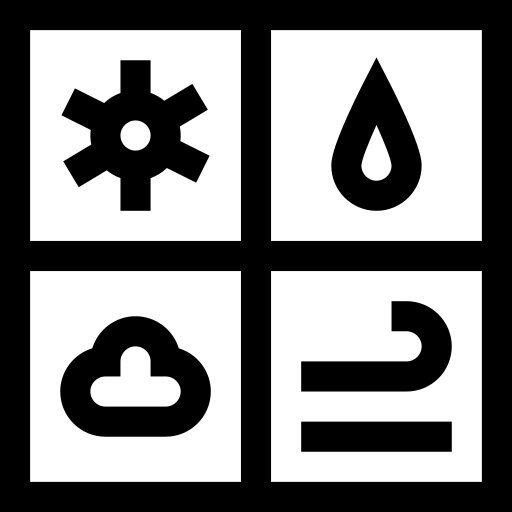
HSNY Certified Chronometer™
Chronometer Certification
In the field of horology, a chronometer is a particularly precise watch. The Horological Society of New York offers a testing service for watchmakers and watch manufacturers that wish to have their fully assembled watches certified as a chronometer by an independent third party. HSNY’s rigorous testing protocol exceeds ISO 3159, and reflects HSNY’s 150+ years of dedication to advancing the art and science of horology.
Conditions
Testing is conducted in a range of temperatures and positions, over a 15 day period. The conditions used are designed to represent extreme environments that a watch may experience.
Certification
Watches that pass the seven testing requirements are issued a physical certificate with specific test results. The above logo is used to signify that a watch has been certified as a chronometer by HSNY.
Requirements
Seven requirements are adhered to during testing. These requirements include a mean daily rate between -4 to +5 seconds per day, and a mean variation in rates less than or equal to 2 seconds per day.
Procedure In Detail
Only a visual rate testing procedure is used. Traditional watch timing machines use microphones to listen to a watch as it is running and quickly give a rate. A visual rate testing procedure takes longer to complete but gives more reliable results.
The watch is wound up completely.
Using the time.gov time standard, the watch is set exactly.
The watch is placed in position inside a laboratory incubator which is set to the required temperature. The time is noted.
24 hours later, the watch is removed from the incubator and compared with the time.gov time standard to determine the daily rate.
The procedure is repeated for each of the 15 days in the testing schedule.
Photo by Evan Calkins, Hoban Cards
Requirements In Detail
Testing is conducted over a 15 day period, during which watches are exposed to temperatures of 8°C, 23°C and 38°C. Five different positions are used: dial up, dial down, crown up, crown down and crown right. Testing is performed only on cased-up watches, without bracelets or straps.
To pass, a watch must satisfy seven requirements:
Mean daily rate between −4 to +5 seconds per day.
Mean variation in rates less than or equal to 2 seconds per day.
Greatest variation in rates of 5 seconds per day.
Difference between the rates in horizontal and vertical positions of the watch between −6 to +8 seconds per day.
Greatest deviation in rates less than or equal to 10 seconds per day.
Variation in rate as a function of temperature of ±0.5 seconds per degree Celsius.
Resumption of the rate of ±5 seconds per day.
HSNY Chronometer Certification is available to all watchmakers and watch manufacturers, worldwide. Only new mechanical watches with a spring balance oscillator are eligible for testing. HSNY offers no guarantee that any watch submitted will pass the testing requirements. For more information, contact HSNY.
HSNY Chronometer Certificates designed and printed by Hoban Cards in Chehalis, Washington.
Weather and checklist icons by Freepik.



